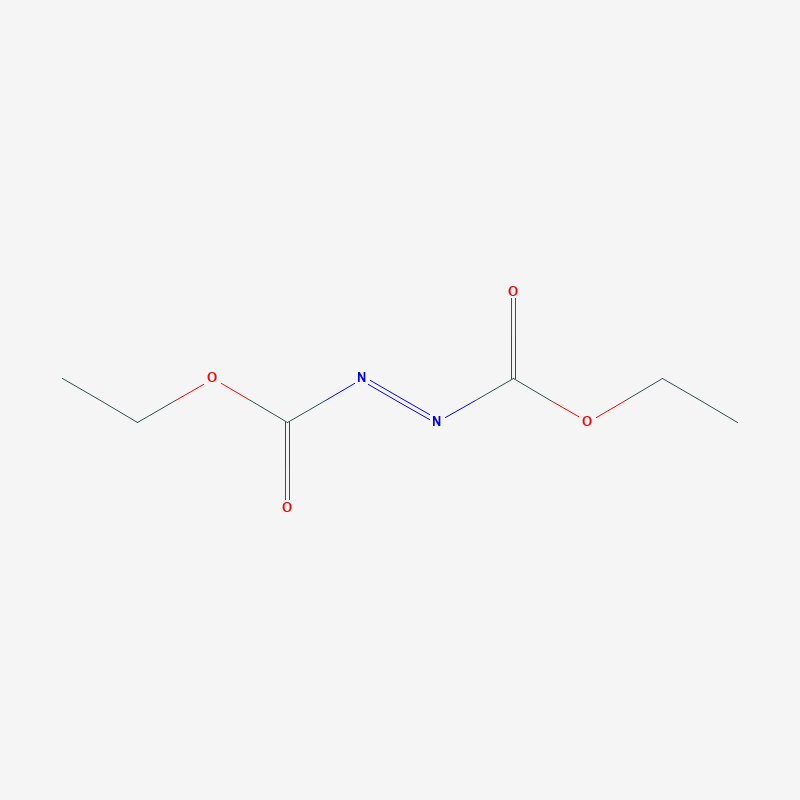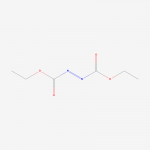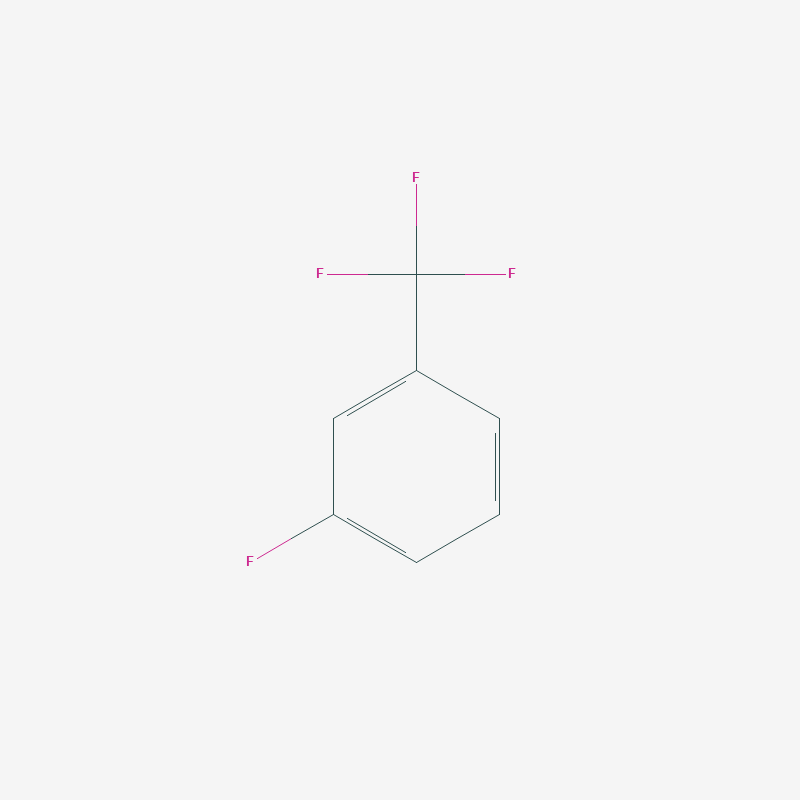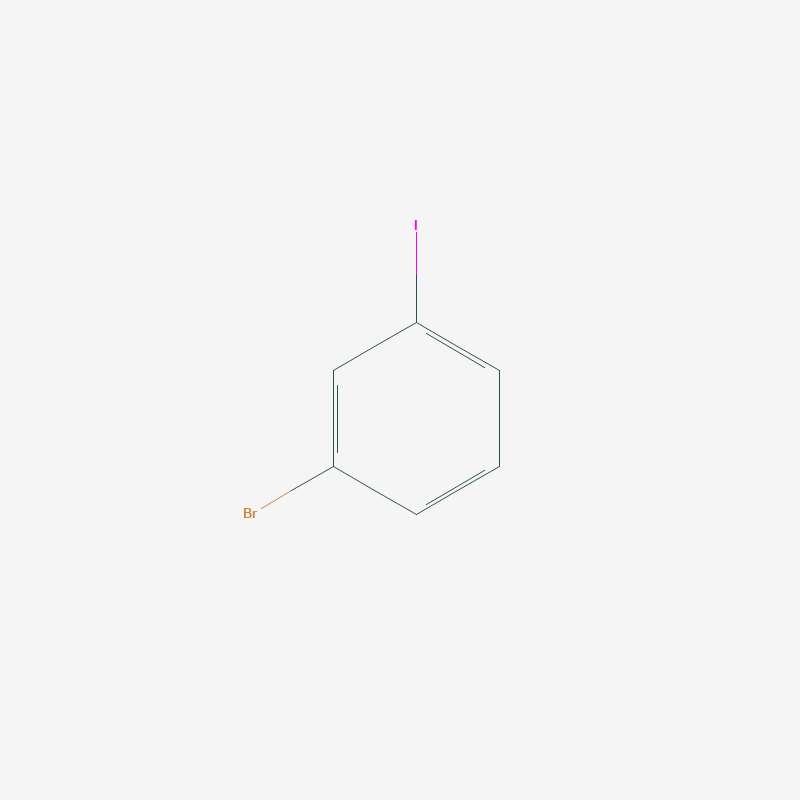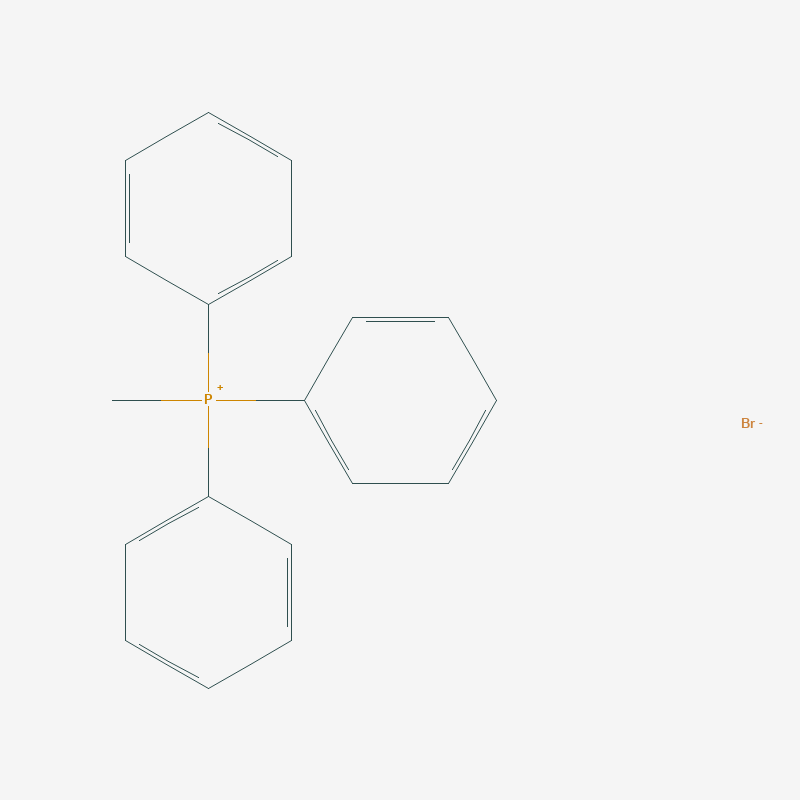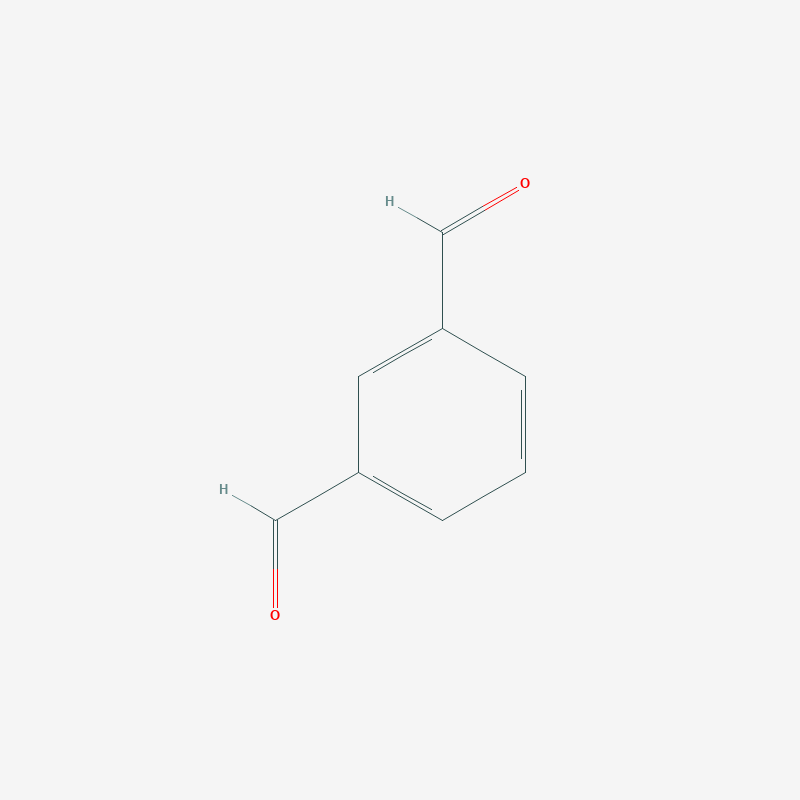| Molecular Formula / Molecular Weight | C6H10N2O4 = 174.16 |
| Physical State (20 deg.C) | Liquid |
| Storage Temperature | 0-10°C |
| Store Under Inert Gas | Store under inert gas |
| Condition to Avoid | Air Sensitive,Heat Sensitive |
| CAS RN | 1972-28-7 |
| MDL Number | MFCD00009103 |
Diethyl azodicarboxylate
Purity :
CAS No.: 1972-28-7
EC No.: 217-821-7
EC Name: ethyl (NE)-N-ethoxycarbonyliminocarbamate
ECHA Name: Diethyl azodiformate
Synonyms:
Diethyl azodicarboxylate
1972-28-7
DEAD
azodicarboxylic acid diethyl ester
Diethyl azodiformate
Enquire For Best Price
For all our chemicals TDS, MSDS and CoA are available upon request
Specification & Properties
Specifications:
| Appearance | Orange to Brown clear liquid |
| Concentration(Iodometric titration) | 40.0 to 44.0 w/w% |
Properties:
| Specific Gravity (20/20) | 0.96 |
Safety & Regulations
Safety Information:
| Chemical Safety |
| Signal Word | Danger |
| Hazard Statements | H312 + H332 : Harmful in contact with skin or if inhaled. H315 + H320 : Causes skin and eye irritation. H360 : May damage fertility or the unborn child. H370 : Causes damage to organs. H372 : Causes damage to organs through prolonged or repeated exposure. H335 : May cause respiratory irritation. H336 : May cause drowsiness or dizziness. H304 : May be fatal if swallowed and enters airways. H401 : Toxic to aquatic life. H225 : Highly flammable liquid and vapor. |
| Precautionary Statements | P501 : Dispose of contents/ container to an approved waste disposal plant. P273 : Avoid release to the environment. P260 : Do not breathe dust/ fume/ gas/ mist/ vapors/ spray. P270 : Do not eat, drink or smoke when using this product. P202 : Do not handle until all safety precautions have been read and understood. P240 : Ground/bond container and receiving equipment. P210 : Keep away from heat/sparks/open flames/hot surfaces. No smoking. P233 : Keep container tightly closed. P201 : Obtain special instructions before use. P243 : Take precautionary measures against static discharge. P241 : Use explosion-proof electrical/ ventilating/ lighting/ equipment. P242 : Use only non-sparking tools. P271 : Use only outdoors or in a well-ventilated area. P264 : Wash skin thoroughly after handling. P280 : Wear protective gloves/ protective clothing/ eye protection/ face protection. P370 + P378 : In case of fire: Use dry sand, dry chemical or alcohol-resistant foam to extinguish. P331 : Do NOT induce vomiting. P337 + P313 : If eye irritation persists: Get medical advice/ attention. P305 + P351 + P338 : IF IN EYES: Rinse cautiously with water for several minutes. Remove contact lenses, if present and easy to do. Continue rinsing. P308 + P311 : IF exposed or concerned: Call a POISON CENTER/doctor. P362 + P364 : Take off contaminated clothing and wash it before reuse. P303 + P361 + P353 : IF ON SKIN (or hair): Take off immediately all contaminated clothing. Rinse skin with water/shower. P332 + P313 : If skin irritation occurs: Get medical advice/ attention. P301 + P310 : IF SWALLOWED: Immediately call a POISON CENTER/doctor. P304 + P340 + P312 : IF INHALED: Remove person to fresh air and keep comfortable for breathing. Call a POISON CENTER/doctor if you feel unwell. P403 + P233 : Store in a well-ventilated place. Keep container tightly closed. P403 + P235 : Store in a well-ventilated place. Keep cool. P405 : Store locked up. |
Related Laws:
Transport Information:
| UN Number | UN1993 |
| Class | 3 |
| Packing Group | II |
Hazard Classification:
Danger!
According to the classification provided by companies to ECHA in CLP notifications this substance
causes serious eye irritation,
is harmful if inhaled,
causes skin irritation,
may cause respiratory irritation and
if heated may cause an explosion.
